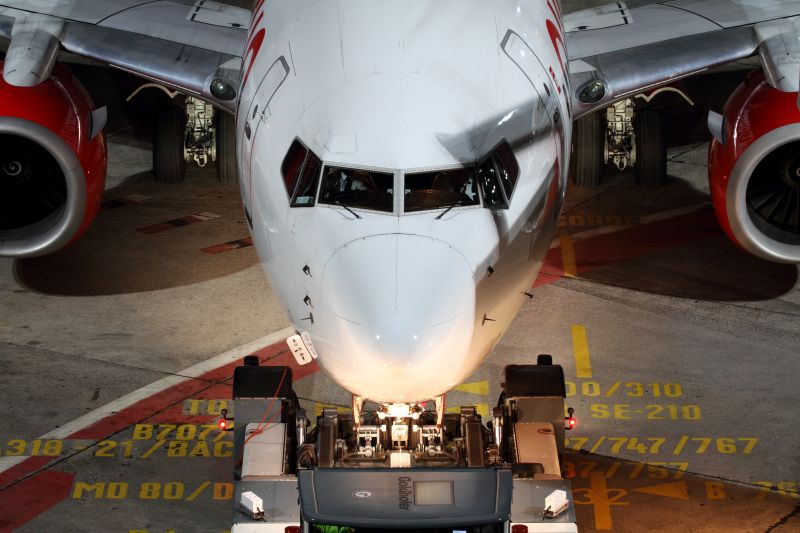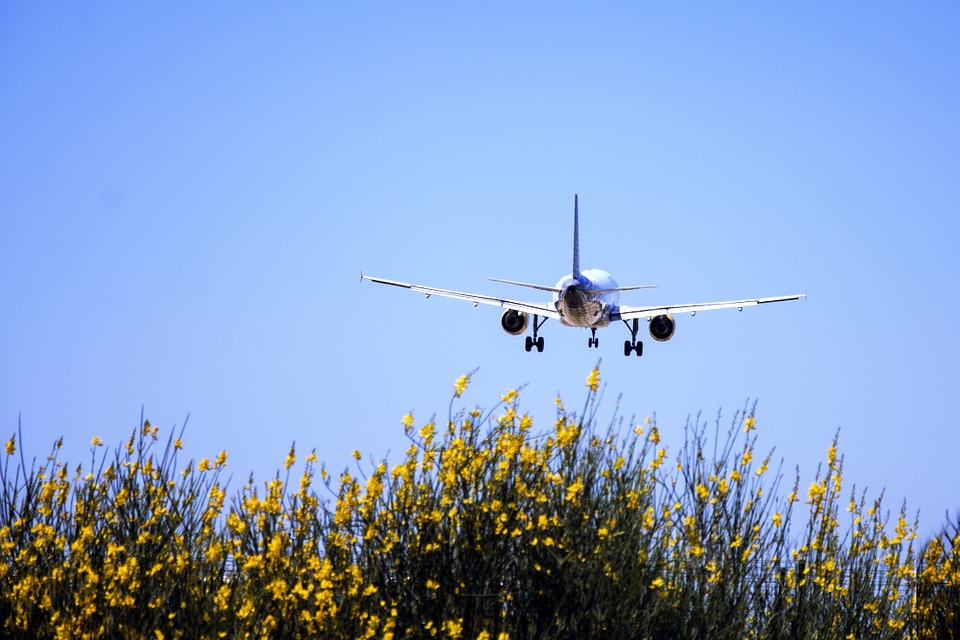The expected consolidation in the aviation market has also arrived in Berlin. At the same time, the worldwide spread of the coronavirus is having an impact on the Berlin airports.
Prof. Dr.-Ing. Engelbert Lütke Daldrup, Chief Executive Officer of Flughafen Berlin Brandenburg GmbH: “The traffic numbers for February are in decline because of the consolidation among the airlines. It is not yet clear whether, and to what extent, the worldwide spread of the coronavirus has so far affected the development of air traffic in the capital city region. Cancellations of major events such as the ITB as well as the cancellation of flights by airlines will influence the development in the coming weeks and months. What is clear, however, is that the development of passenger numbers throughout the entire year and the achievement of the FBB’s economic goals will depend on the further progression of the pandemic.”
With 2,280,048 passengers, both of the Berlin Airports, Schönefeld and Tegel, handled 10.2 percent fewer passengers than in February 2019. At Tegel Airport, there were 1,538,758 air passengers, 9.3 percent fewer than in the same period of last year. In Schönefeld, there were 741,290 passengers, a decrease of 11.9 percent.
In the first two months of this year, the number of passengers fell by 8.6 percent to 4,532,313 passengers, in comparison with 2019. At Tegel, a total of 3,065,831 passengers were handled (a drop of 7.1 percent). At Schönefeld, there were 1,466,482 passengers, 11.6 percent fewer than the same period of last year.
The capacity utilisation of airplanes has significantly increased in the last few months. The seat capacity utilisation also increased in February. In total, 19,346 machines took off and landed in February at both Berlin airports, which is 12.2 percent fewer than the same period last year. At Tegel, there were 12,888 take-offs and landings (down 12.2 percent), and at Schönefeld 6,458 take-offs and landings (down 12.3 percent).





